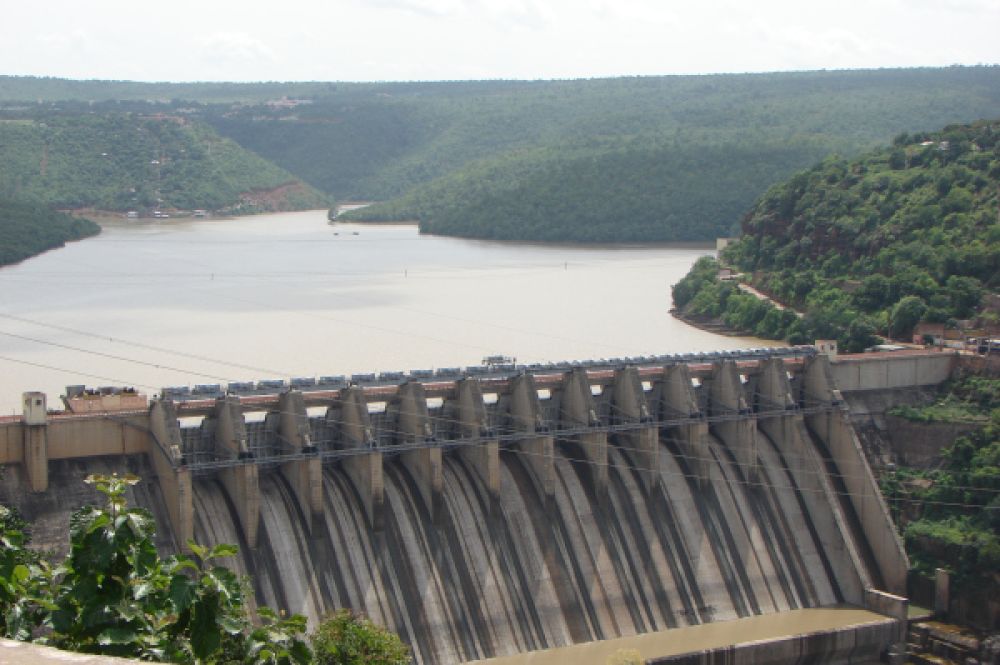

The Bhakra Nangal Dam is one of India's most prominent and essential infrastructural projects post-independence. Sitting on the Sutlej River in the state of Punjab, it is a symbol of India's developmental efforts and engineering prowess. Conceived before India's independence, it was completed in 1963 and has since become a significant touristic draw due to its grandeur and scenic surroundings.
The inception of the Bhakra Nangal project dates back to the early 20th century but took a definitive shape in the post-World War II era. The project aimed at harnessing water resources for irrigational purposes and electricity generation. After independence, under the leadership of India’s first Prime Minister, Jawaharlal Nehru, who famously referred to dams as the "Temples of Modern India", construction took on greater momentum.
In the years following its inauguration, the Bhakra Nangal Dam emerged as a testament to human will against natural forces. As such, it began attracting tourists not just for its impressive size and capabilities but also as a site of historical and national significance. The vistas of the reservoir, known as the Gobind Sagar Lake, named after Guru Gobind Singh, the tenth Sikh Guru, added to the allure, making it a serene getaway locale.
A short distance from the dam lies the sacred city of Anandpur Sahib, one of the holiest places in Sikhism. It is closely associated with the history of the Sikhs and was founded in 1665 by the ninth Sikh Guru, Guru Tegh Bahadur. The city is revered for its gurudwaras (Sikh temples) and hosts the annual Hola Mohalla festival, which is a colorful display of Sikh culture and martial spirit.
Tourism in Anandpur Sahib intertwines with that of Bhakra Nangal, offering visitors a comprehensive experience that combines spiritual enrichment, cultural insights, and marvel at human enterprise. Annual festivals, like Hola Mohalla and Vaisakhi, draw huge crowds, adding a significant socio-cultural dimension to the tourism landscape.
In recent years, there has been a conscious effort by the government and local agencies to promote eco-tourism and responsible travel. The region's natural beauty, coupled with the historical and cultural importance of places like Bhakra Nangal Dam and Anandpur Sahib, is now being positioned with a focus on sustainability. Adventure activities around the Gobind Sagar Lake, such as boating and fishing, are also being developed, catering to a broader audience.
Visitors to Bhakra Nangal Dam can witness the massive power turbines, a guided tour of the facilities when permitted, and enjoy the panoramic views from the observation point at the dam. In Anandpur Sahib, the gurudwaras like Takht Sri Keshgarh Sahib, are not just places of worship but also enshrine centuries of Sikh history and are must-visit sites for those wishing to delve deeper into India's rich religious diversity.
In conclusion, the harmonious blend of history, spirituality, cultural vibrancy, and natural beauty makes the region around Bhakra Nangal Dam and Anandpur Sahib a prestigious spectrum in the mosaic of Indian tourism destinations.